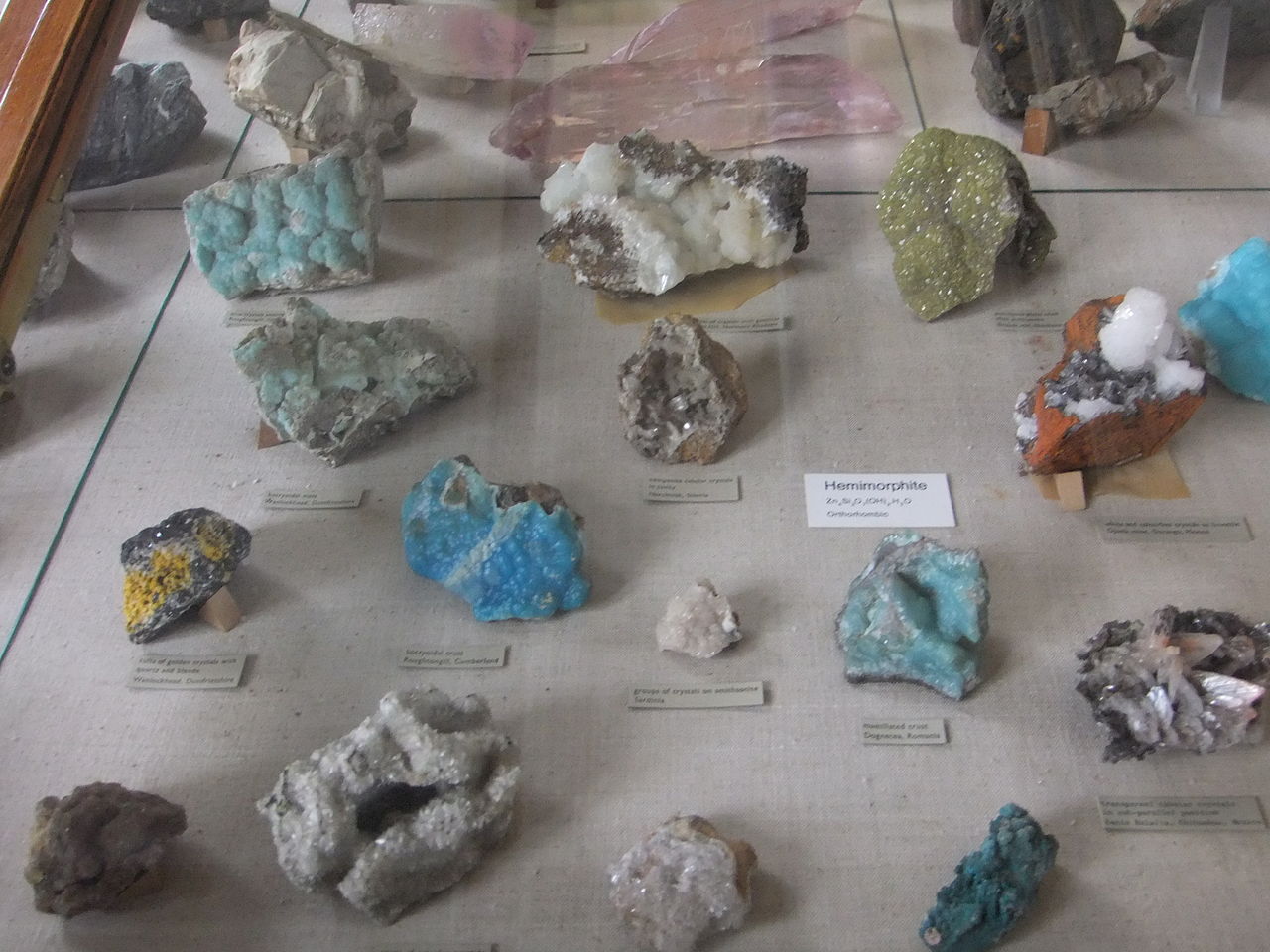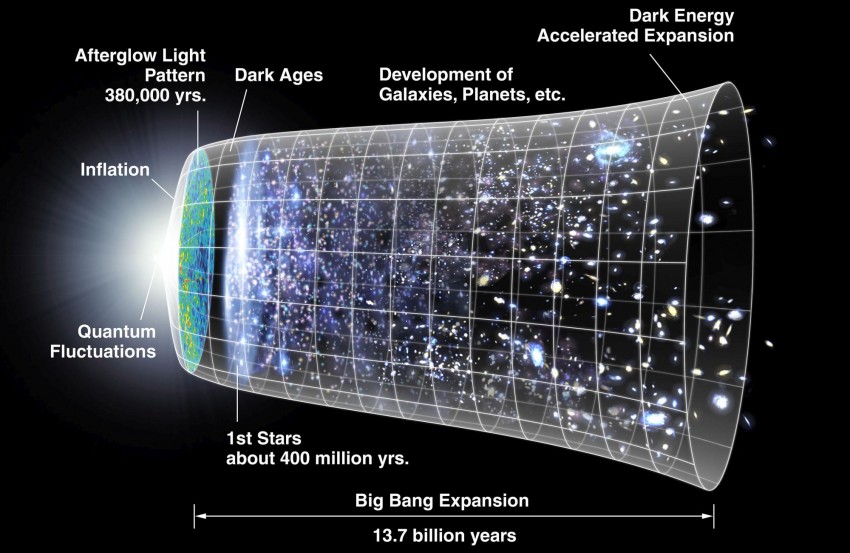Shauna Morrison and Robert Hazen of the Carnegie Institution for Science led to a discovery that could include up to 4,000 new minerals.
As Morrison explains, minerals are a type of time capsule that contains information about the conditions under which rocks were formed and then exposed to the weather, and any changes they have undergone over the years. In practice, this means that getting to know them better should allow dating and describing the development that occurred on our planet.
Read also: Quantum computers and an unexpected ally. Namibian mineral is the key to success
The authors of a new study on this issue who presented their conclusions in American Mineralogist, indicates 57 potential pathways that could lead to mineral formation. These include, among other things, the influence of cosmic rocks and the oxidation process. Even microorganisms that can produce minerals during absorption of selected elements or as a result of the separation of compounds can contribute.
Morrison and Hazen analyzed numerous studies and databases to determine how all of the earth’s minerals known to science were formed. The division they suggest is based on the possible ways of origination, bringing it to the previously mentioned number: 57.
The number of minerals on Earth may exceed 10,000
Of course, some assets are less common, while others are more common. Most minerals are formed in only one way, although there are minerals that can be formed in 15 different ways. The real record holder in this arrangement is pyrite, which comes from 21 different sources. An important role in the whole process is played by water, which is involved in the formation of almost half of the minerals that are on Earth. In turn, various forms of biological life are responsible for the formation of about a third of the Earth’s minerals.
Read also: Exoplanets may contain minerals unknown to the solar system
The authors of a new study on this topic suggest that the actual number of minerals found on our planet exceeds 10,000. Currently, there are less than 6,000 classified of them. According to the researchers, advances in mineralogy can provide information not only about the past but also about the future of the Earth. The climate on our planet is getting warmer, which in turn leads to the melting of local ice. On the other hand, an increase in the carbon content in the atmosphere may lead to an increase in the amount of minerals formed. As a result, they will appear where they have never been seen before.

Echo Richards embodies a personality that is a delightful contradiction: a humble musicaholic who never brags about her expansive knowledge of both classic and contemporary tunes. Infuriatingly modest, one would never know from a mere conversation how deeply entrenched she is in the world of music. This passion seamlessly translates into her problem-solving skills, with Echo often drawing inspiration from melodies and rhythms. A voracious reader, she dives deep into literature, using stories to influence her own hardcore writing. Her spirited advocacy for alcohol isn’t about mere indulgence, but about celebrating life’s poignant moments.






